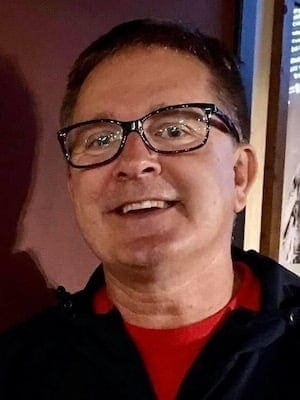“Sticks and stones may break my bones but names will never hurt me.”
I was sitting outside on the playground bench wiping the tears of a child when this proverb came to mind. It isn’t true, of course.
Nancy was a second-grader going through an evaluation process to help us understand why she couldn’t read. Kayla was one of her classmates.
As they were climbing the ladder of the slide, Kayla yelled out, “Nancy is retarded!”
Ouch.
Words can break our hearts.
I frame our classroom rules in a small set of positive statements. The most important rule is “Speak with kind words.”
From the first day of school until the last, our watchword is, “We use words to build up instead of tear down. We use words to help and not to hurt.”
Even my former students can recite this motto word for word. I hope they hear it in their sleep.
After the playground incident, we made our way inside. I sat in my reading rocking chair, and my students joined me crisscross applesauce on their mats in a circle.
“What is the most important rule in our classroom,” I asked.
They answered enthusiastically, “We use words to build up instead of tear down. We use words to help and not to hurt!”
“Why?” I asked.
They sat in thoughtful silence. This was unusual for that group of 7- and 8-year-olds.
I used that silence to introduce a story that would illuminate the power of words.
I held up the picture book “ThroughMyEyes” by Ruby Bridges. We started our picture walk by looking at the front cover.
“This is Ruby Bridges. This is a picture of her when she was 6 years old and in the first grade. She was almost your age. She was a special person. She was the first African-American child to go to the William Frantz Public School in New Orleans in 1960. All of the other students at that school were white. The parents of the white students didn’t want Ruby or any other African-American child to go to the school. They believed white children were better than African-American children.”
We stopped on page 25 and looked at the famous Norman Rockwell painting called TheProblemWeAllLiveWith, of Ruby and three U.S. marshals.
The picture shows them being pelted by tomatoes while walking by the N-word spray-painted on a wall. We talked about a group of women called “the cheerleaders” who came and screamed words that tried to tear down Ruby.
“How would it feel to walk in Ruby’s shoes?”
Kayla’s response was the most powerful. She didn’t answer my question with words.
Instead, she gently placed her arm around Nancy’s shoulder. In that moment, I knew the watchword had become real in our classroom.
The opportunity to get to know one another – that’s the first step in learning to use words to build up and help instead of to tear down. It’s also the first step in stopping bullying. And it’s the first step in teaching tolerance.
TrevorBarton teaches second grade and is a member of First Baptist Church in Greenville, S.C. This story first appeared on the Teaching Tolerance website.
A fourth grade public school teacher and member of First Baptist Church in Greenville, South Carolina.

